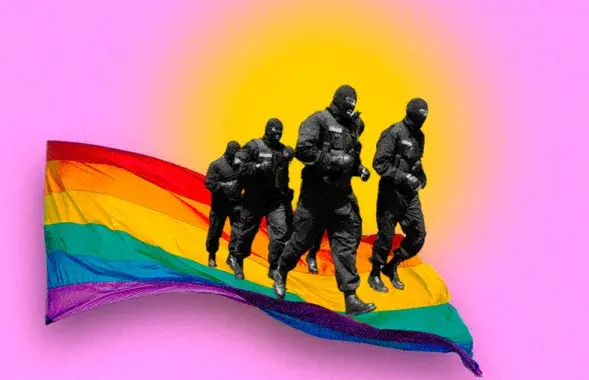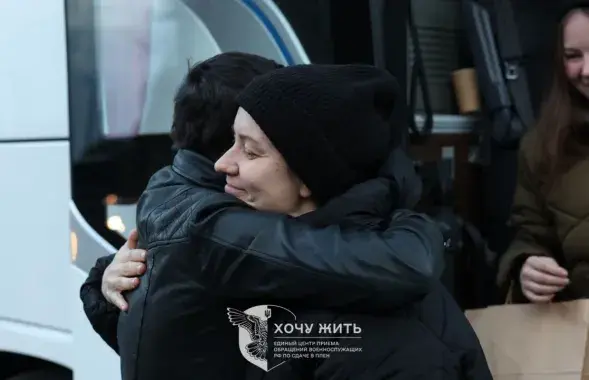Air traffic controller Oleg Galegov, who fled Belarus with his family shortly after the incident, told The New York Times that during the communication with the Ryanair pilot, the orders in the control tower were being given by a KGB officer. Galegov handed over audio recordings of those instructions to the ICAO for investigation.
What came first — the bomb or the “terrorist”?
Later, on May 26, 2021, Lukashenka himself contradicted what Pul Pervogo had written about there being an “extremist on board.”
Pul Pervogo: The fact that an extremist happened to be among the passengers was by no means the concern of those who made the decision to assist a passenger plane reporting a problem.
Lukashenka: Whether there was a bomb or not — if I had been informed that there was a terrorist on the plane, I would have immediately ordered it to land.
On May 24, 2021, Lithuania’s criminal police chief Rolandas Kiškis said that after the landing in Minsk, five people did not continue to Vilnius: Raman Pratasevich, his girlfriend Sofia Sapega, and three unidentified passengers — presumed to be KGB officers who had been monitoring the couple.
The first videos that appeared on pro-police Telegram channels shortly after the arrest showed visible traces of beating and handcuff marks on Pratasevich’s wrists.
The culmination came with an interview on state TV (ONT), where Pratasevich broke down in tears while speaking about his wish to “fix everything,” live a normal life, and stop running. Was all of that a staged performance?
For his work with NEXTA, Pratasevich was charged under more than ten “extremism” articles. The verdict was announced on May 3, 2023: eight years in a high-security prison.
However, on May 22, 2023, it was revealed that he had been pardoned.
And the key question remains:
If, according to Lukashenka, Raman Pratasevich was already working for the intelligence services at the time of the plane’s landing — when did his cooperation begin?




















